I am starting to fall behind on material as I do every spring because its the time of year when I spend more time outside and also start working hard in the yard. Its been a couple of years since I traveled for work so I was super excited when my team scheduled a meeting at the London office. It was ostensibly a work trip so I was not able to plan something further afield, but I did get several opportunities to bird the local parks in central London. We stayed at the Hilton Paddington which is well placed near Hyde Park and Kensington Gardens. I also made it to Regent Park which was just a tube stop away.
Goldcrests are close cousins to our Golden-crowned Kinglet.
Eurasian Blackbirds were already signing their beautiful melodies which inspired the Beatles.
Eastern Gray Squirrels are North America's gift to Europe in exchange for our independence.
Rose-ringed Parakeets are native to India and Africa but have been released in different cities in Europe and are expanding rapidly. They were very numerous in Hyde Park, constantly flying by and calling in raucous groups. Many of the locals hand feed them in the Park so I was not surprise to have one land on my shoulder.
Common Wood-pigeon - one of the three common pigeon/dove species found in London with the other two being feral Rock Doves and Stock Pigeons.
Graylag Goose
Black Swan from Australia - the lakes around London have a huge numbers of feral populations of transplanted waterfowl.
Lesser Black-backed Gulls were the most common gull species but I looked through them diligently as Yellow-legged, Caspian and Mediterranean Gulls are all possible in these parks.
Common Gull - part of the Mew Gull complex which was split to include Short-billed and Common Gulls.
Tufted Ducks are basically Scaup with a nice cowlick.
Herring Gulls were also common and the tricky thing is that Yellow-legged Gulls have mantles that are a tad darker than Herring but a tad lighter than Lesser Black-backed and they hybridize too so its a mess.
Regrettably this is the only European Starling shot I came away with despite them being everywhere.
Black-headed Gulls were also very common.
Eurasian Magpie - these guys are brutal. Urban legends abound about them pecking out the eyes of unsuspecting pets. They are quite similar to our Black-billed Magpie.
Gadwall
Eurasian Coot - are you starting to see that European/Eurasian bird species have many American analogs?
White Wagtail - here is one that we only have as a vagrant like the one that showed up at our Xmas bird count in New Hanover.
Common Pochard females look a little similar to our Canvasbacks.
But the male Common Pochard looks a little more obviously different.
 Eurasian Wrens are simply everywhere and although this one looks more like a House Wren, in actuality they are much closer to Winter or Pacific Wrens.
Eurasian Wrens are simply everywhere and although this one looks more like a House Wren, in actuality they are much closer to Winter or Pacific Wrens.I spent a lot of time hanging around this statue because it seemed birdy. I found out later there was a bird feeder in the woods behind it. Kind of a weird place for a feeder as it was barely visible but maybe that was the point.
Long-tailed Tits are amazing little bundles of fun. They remind me more of our bushtits than a Chickadee.
Eurasian Moorhen
I love Great Tits.
Mandarin Duck - this feral duck is absolutely stunning.
I heard this Mistle Thrush singing from the top of an alder before I saw it. I recorded it and put it through Merlin Sound ID to confirm. At first glance it looks similar to a Song Thrush but now I see it is quite different. The Song Thrush has tear shaped dots on its breast while the Mistle Thrush has more rounded dots.
Eurasian Blue Tit
Another Rose-ringed Parakeet munching on fresh buds.
Eurasian Jay

There were quite a few of these little brownish warblers that had me struggling but in looking back I think they were all Common Chiffchaffs. They all seemed to be pumping their tails.
Song Thrush - note the droplet shaped spots and more brownish face.
Redwing!
Great Spotted Woodpecker
Eurasian Jackdaw
Stock Dove - similar to Rock Doves/Pigeons, these are a little more shy and have more subtle markings. Whereas Rock Doves feed at the feet of the locals, the Stock Doves stay higher up and only come down when the coast is clear.
Another Song Thrush
The European Robins were the star of the show for me. They were absolutely stunning both in visual and in audio.
Everyone knows Mute Swans but it was nice to see them in their range.
I took a ton of photos of this transitional gull (2nd cycle?). The mantle color looked in between Herring and Lesser Black-backed but I just couldn't quite convince myself.
An obvious LBBG
This picture is interesting because you can see two of these transitional birds with only partially adult mantles and they are in the same position so you can see the color difference. The one on the far right is a LBBG and the one on the far left is a tad lighter but not quite enough for a Herring. So I think it was a Yellow-legged Gull.
Great Cormorant
Carrion Crow!
Common Pochard
All those photos were from Hyde Park/Kensington Gardens. Here are a few from Regents Park which I liked even more although one section of it is full of exotics that can't be counted. I actually went to this park because it was close but also had some birds I hadn't seen at Hyde Park. Birds like....
Water Rail! I had seen this bird reported on eBird but didn't know where it was. However, when I saw some reedy habitat on a far end of the lake, I played a quick playback snippet and it came right out.
Looks like what would happen if a Black Rail mated with a Virginia Rail and then took steroids.
.LBBG - I took a photo of this one to show you the mantle color as I think I had a Yellow-legged Gull nearby on a similar post.
Presumed Yellow-legged Gull in the middle. Mantle color was lighter than the LBBG but darker than the two Herrings on either side. Note the yellow legs.
On the far side of the lake there is an oxbow that is cordoned off where all the exotics are kept.
Chiloe Wigeon - from South America
I believe this Eurasian Wigeon was wild although it was in the exotics section. I saw some of them in the main lake too but not posing up close like this one.
This Red-crested Pochard was also in the exotics area but there are tons of reports of wild ones in the same park as well as others. It's hard to know if this is a wild bird but it begs the question, why would you intentionally put a native bird into the exotics enclosure? The "enclosure" was open air, but the exotics had clipped wings so they couldn't fly. I see on eBird they have these as exotics in England but not Ireland or France. I didn't count it.
Certainly this Common Eider was an exotic and it did look out of place.
I saw this Gray Heron fly into the area but it was quite tame as some of the locals were feeding it.
Hooded Merganser in the exotics.
Smews - I would have loved to count these, but alas they were clearly exotics although wild ones are found in the area...
Long-tailed Tit gathering feathers for nesting material.
Eurasian Kestrel
At the end of this day we got about 15 minutes of sunshine. Most of the trip was gray and dreary.
Instead of RVs, Brits get barges and just travel around all the canals built in this part of England.
Redwing - a bit of a misnomer. Redflank would have been better.
I had one more morning before my flight home and this time went back to Hyde Park to maximize my little time left.
Tufted Duck
Great Crested Grebe! What a stunner. I had seen many of these earlier in the trip, but this time it came in close.
Eurasian Moorhen
Dunnock
Common Chiffchaff
European Goldfinch
Altogether a very successful trip! Next time I hope to get outside of the city center.







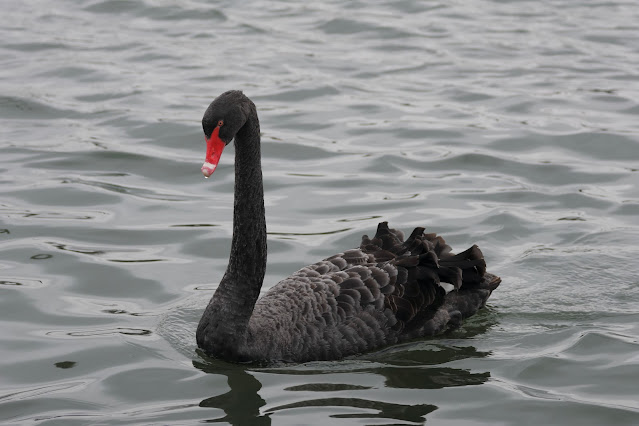

























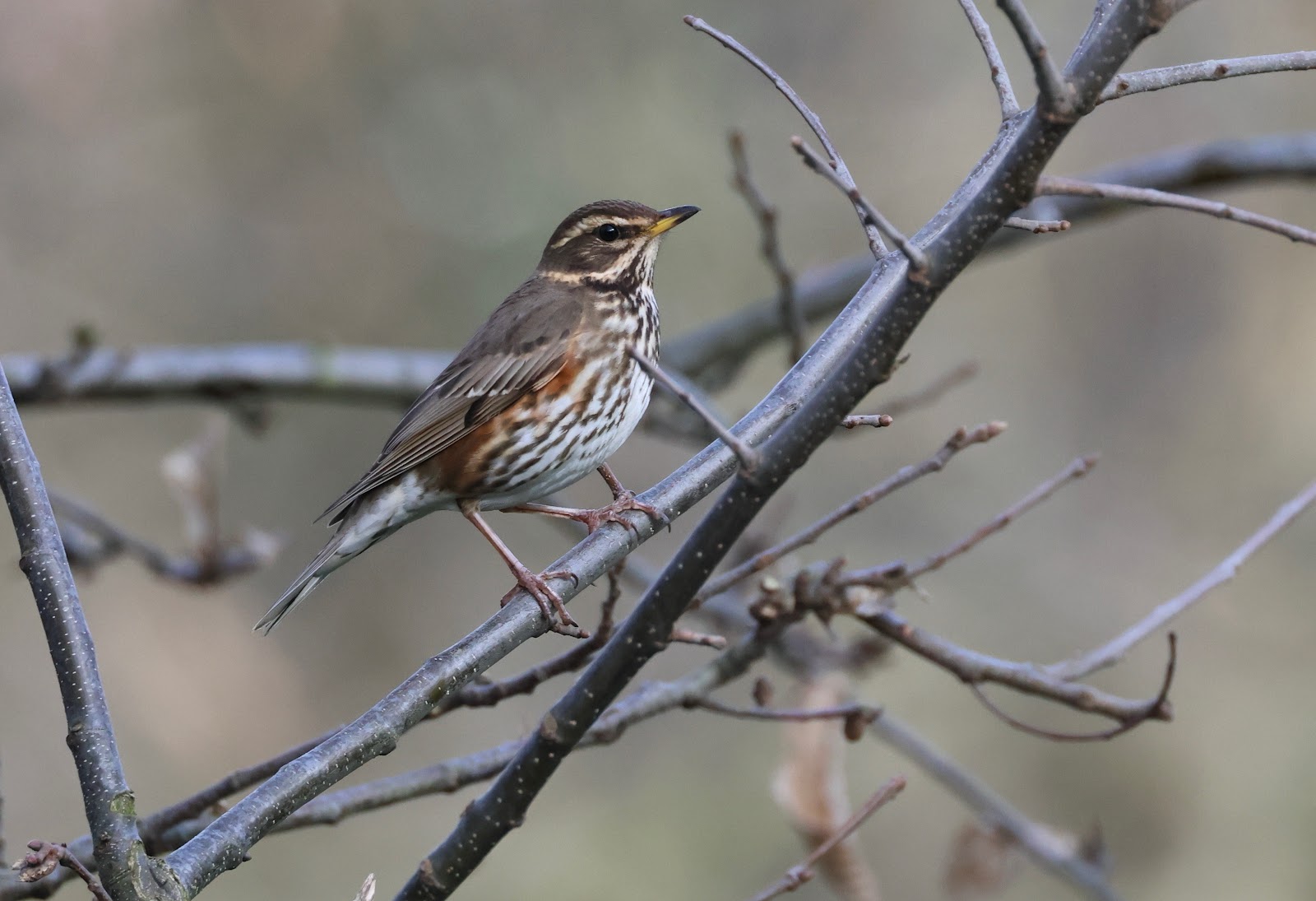





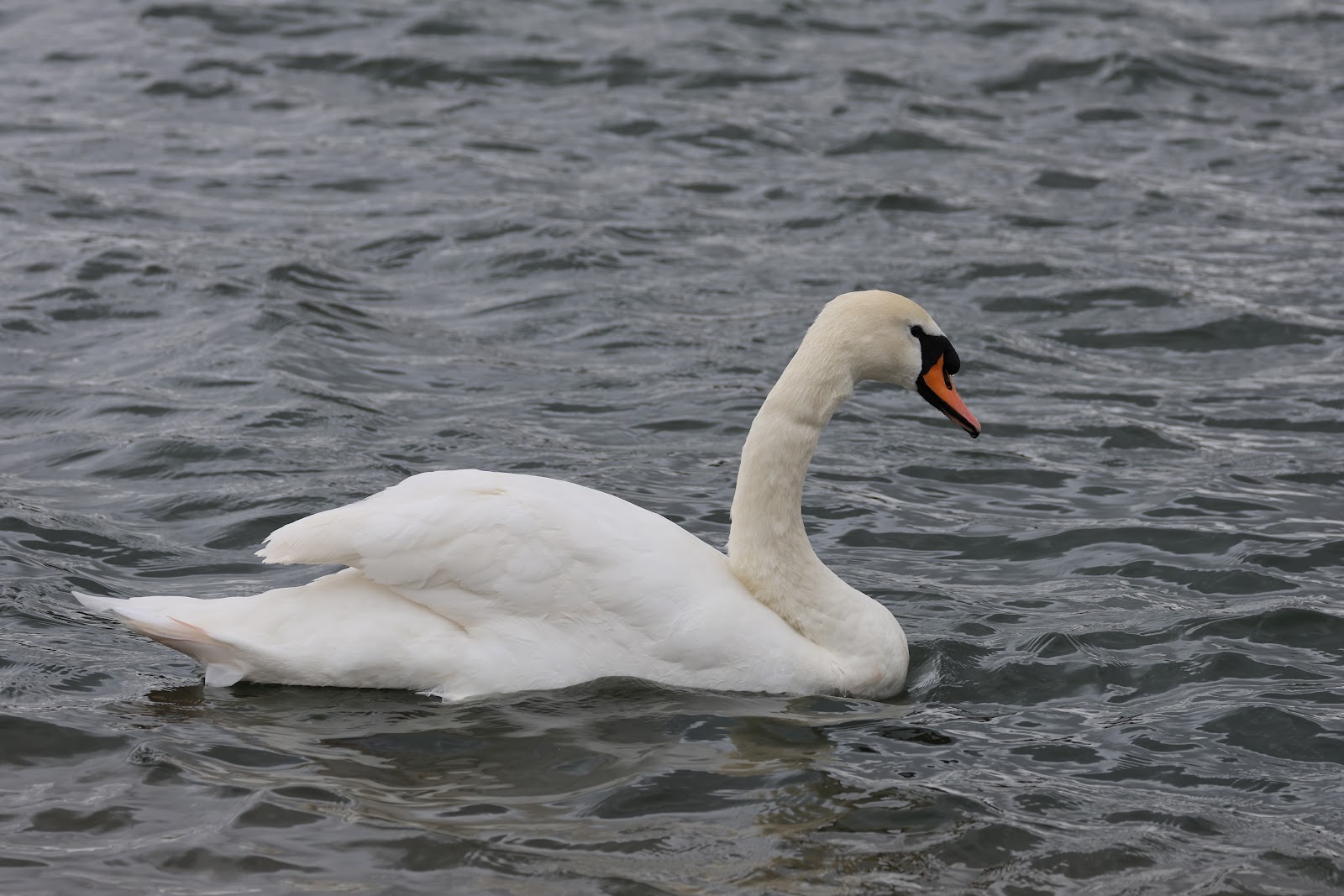























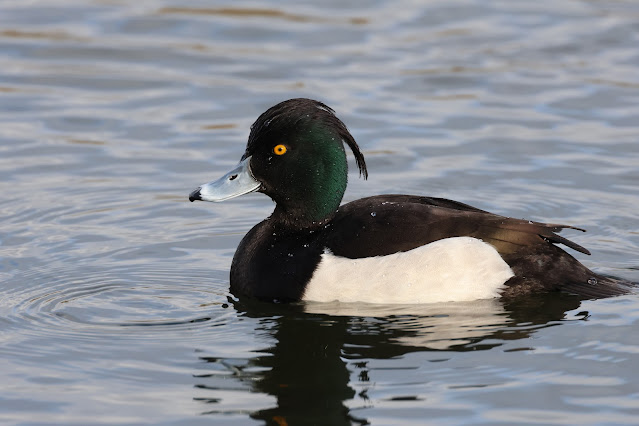



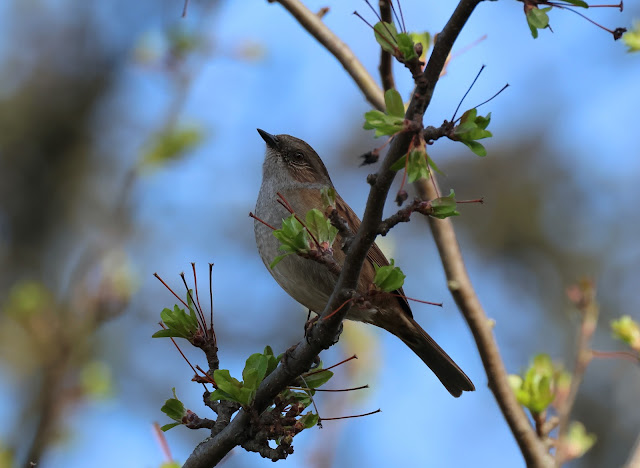

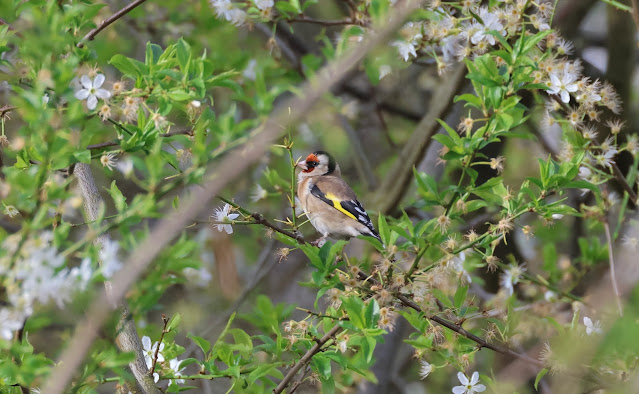
No comments:
Post a Comment